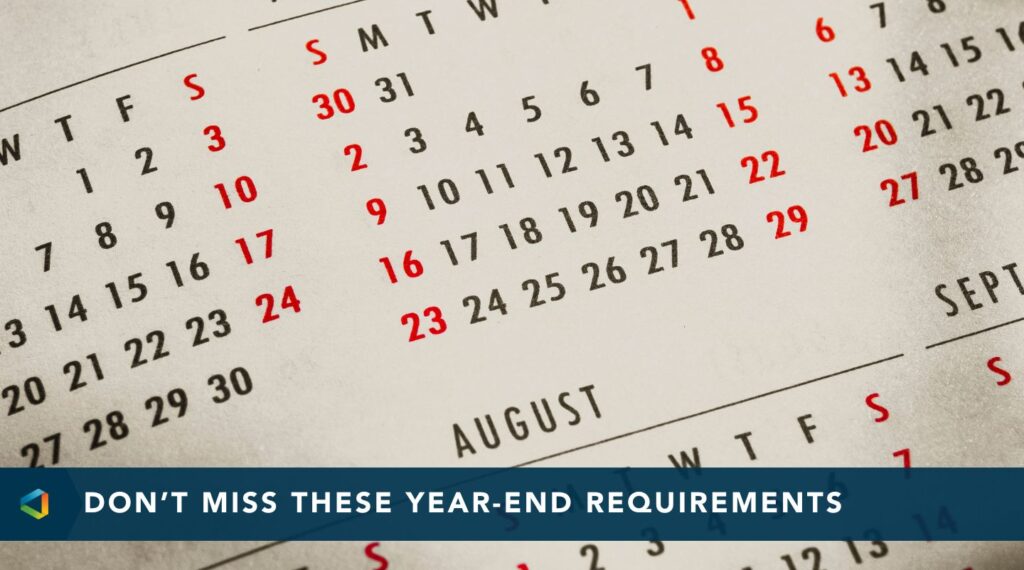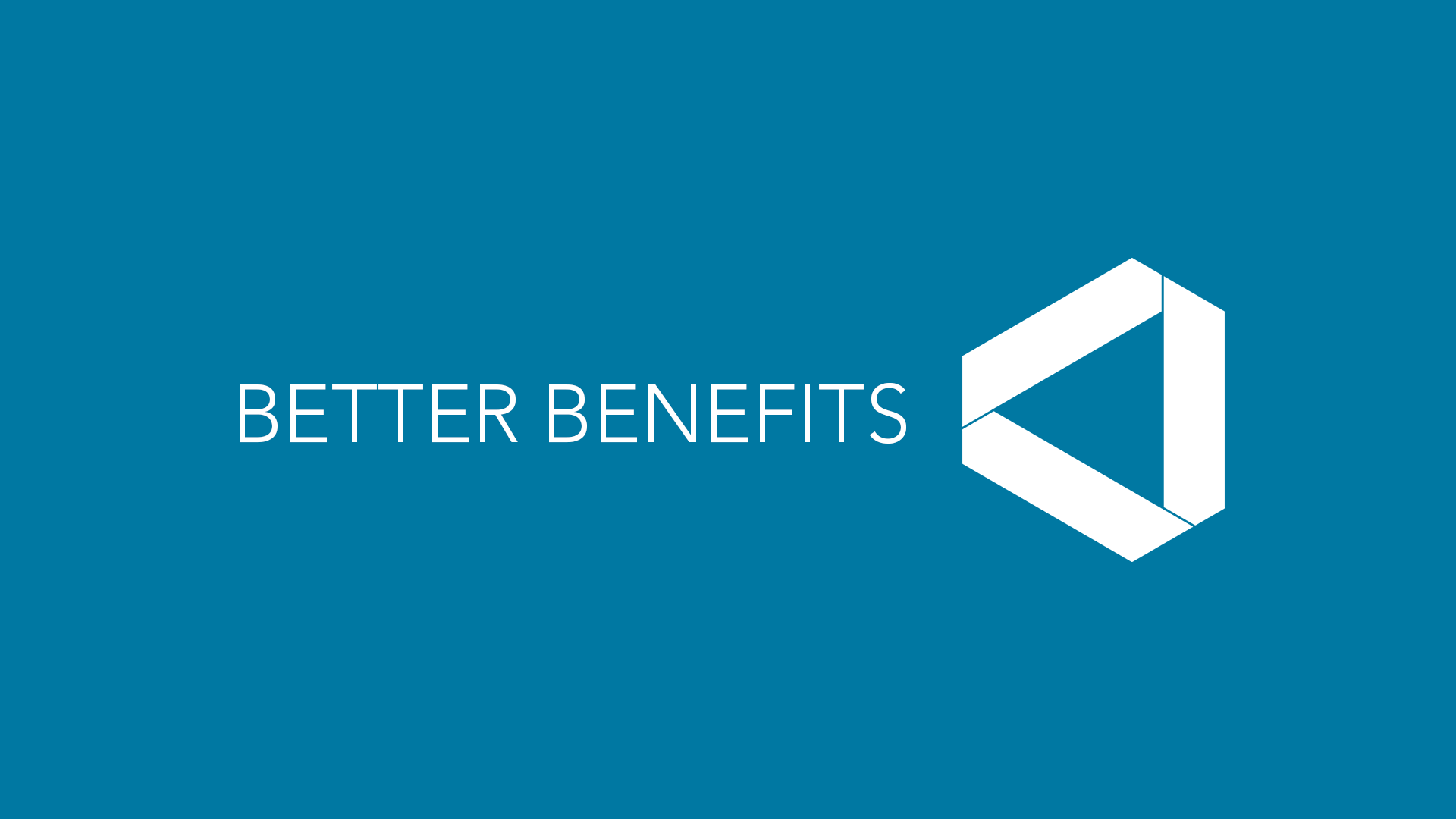Compliance Confidence
Basic Nondiscrimination Rules for Health & Cafeteria Plan Benefits
Basic Nondiscrimination Rules for Health & Cafeteria Plan Benefits
Most employee benefit plans that provide tax-advantaged benefits include nondiscrimination rules to discourage employers from providing more generous benefits to highly compensated and/or key employees.
The Internal Revenue Code (IRC) sets out nondiscrimination requirements for cafeteria plans, medical plans (including health FSAs and HRAs), dependent care FSAs, and other benefit programs. Satisfaction of these tests is necessary for a benefit to be excluded from income when provided under the plan. The An employer-sponsored plan may fail nondiscrimination tests if it includes any of these provisions that favor executives, management or other high-paid employees:
- Lower contributions
- Availability of more benefits
- Higher level of benefit reimbursement
- Shorter waiting period
- Benefit limits that vary based on age, years of service or compensation
Note: The IRC nondiscrimination rules are vastly different from non-IRC laws that prohibit discrimination based on health status, age, disability, race, sex, etc.
Different nondiscrimination tests apply to each type of benefit plan. The various nondiscrimination requirements that may apply to a cafeteria plan and its component plans are laid out below:
Cafeteria Plans
Under IRC §125, cafeteria plans cannot discriminate in favor of Highly Compensated Individuals and Key employees as to eligibility to participate, contributions, or benefits. This includes pre-tax FSAs, HSAs, and health plan contributions.
The following three tests apply:
(1) Eligibility Test:
Cafeteria plans must:
In general, HCIs are defined as:
- Officers;
- More than 5% owners;
- Highly compensated (earned more than $135,000 in 2022 for 2023 testing or $150,000 in 2023 for 2024 testing); or
- A spouse or dependent of one of the above.
(2) Contributions and Benefits Test:
Contributions and benefits must be available on a nondiscriminatory basis. Non-HCIs cannot be charged more than any similarly situated HCI for the same benefit.
The plan cannot discriminate in actual operation, for example, if a benefit is only available when an HCI requires treatment. It is permissible to have different benefits and contributions by location due to geographic market differences.
(3) Key Concentration Test:
Key employees cannot have more than 25% of the nontaxable benefits provided to all employees under the plan. All cafeteria plan benefits are included in this test, including FSA elections and HSA contributions.
In general, Key employees are determined based on the preceding plan year and are defined as:
- Officers with compensation over $185,000 in 2021 for 2022 testing or $200,000 in 2022 for 2023 testing; $215,000 for 2023; $220,000 for 2024.
- More than 5% owners; and
- More than 1% owners with compensation over $150,000 (not indexed).
If the plan fails any test, HCI and/or Key pre-tax elections are treated as taxable income.
Possible Remedies:
(1) division,
(2) business unit, and
(3) profit center or similar distinction.
However, it should be noted that if an employer is maintaining separate cafeteria plans, each cafeteria plan will still be subject to the nondiscrimination requirements.
- If HCIs have lower contributions, deduct them on an after-tax basis.
- Do not charge HCIs or Key employees for coverage (exclude from cafeteria plan participation); however, this tactic will fail the §105(h) tests if self-insured.
Bear in mind that each type of benefit available or provided under a cafeteria plan is subject to both (1) the cafeteria plan nondiscrimination rules, and (2) the nondiscrimination rules under the IRC that pertains to that benefit.
Self-Insured Health Plans
Self-insured health plans are subject to IRC §105(h) nondiscrimination rules. To pass the tests, employers cannot provide more favorable eligibility, benefits, or contributions to highly compensated individuals (HCIs). In general, HCIs are defined as:
Affected health plans include self-insured medical, dental, and vision, level-funded medical plans, health FSAs, and HRAs. The following two tests apply:
(1) Eligibility Test:
The plan cannot discriminate in favor of HCIs as to eligibility to participate. Although it is an eligibility test, the tests are worded in terms of which employees enroll and may benefit under the plan, not just who is eligible to participate:
- 70% Test. The plan benefits 70% or more of all non-excludable employees.
- 70%/80% Test. The plan benefits 80% or more of all non-excludable employees who are eligible to benefit, if 70% or more of all non-excludable employees are eligible to benefit under the plan.
- Nondiscriminatory Classification Test. The plan (1) benefits a nondiscriminatory classification of employees using bona fide business criteria, such as specified job categories, salaried versus hourly, or geographic location and (2) has a sufficient ratio of benefitting non-HCIs to HCIs.
(2) Benefits Test:
The plan cannot provide better benefits or offer lower contributions to HCIs who participate. The test is satisfied if:
- The same benefits provided to HCIs are provided to non-HCIs;
- Required contributions are identical for all participants for each benefit level (or they reverse discriminate);
- Benefit limits do not vary based on age, years of service, or compensation;
- There is no shorter waiting period for HCIs; and
- The plan does not discriminate in favor of HCIs in actual operation (e.g., does not approve certain claims for HCIs that are denied for non-HCIs without a justifiable reason).
If the plan fails either test, reimbursements to HCIs are taxable (to the extent they are in excess of what non-HCIs may receive).
Possible Remedies:
If the self-insured health plan provisions cannot be changed to eliminate discriminatory provisions:
Note that “executive physicals” are not subject to §105(h) nondiscrimination tests if benefits are designated only for preventive care (routine medical exams, tests and X-rays) for the employee only.
Fully-Insured Health Plans
Insured health plans do not currently have nondiscrimination rules. However, most plans include cafeteria plan pre-tax health plan contributions and would be subject to the Cafeteria Plan nondiscrimination rules.
Dependent Care Assistance / FSA Plans
There are separate IRC §129 nondiscrimination tests for dependent care FSAs. The following two tests apply:
- More than 5% Owners Contribution Test: No more than 25% of the benefits may be provided to more than 5% owners (or their family members).
- 55% Average Benefits Test: The average benefit for non-highly compensated employees must be at least 55% of the average benefit for highly compensated employees (HCI).
For this test, HCIs are defined as:
If the plan fails any test, HCI-dependent care benefits are treated as taxable income.
Possible Remedies:
- Always test early in the plan year once elections have been made and adjust owner and/or HCI elections as necessary.
- Do not permit owners and HCIs to participate in the dependent care FSA, especially if it is a small employer with low non-HCI participation.
- Limit owner and HCI elections to a reduced amount to improve testing results.
When to Test
In general, plans should be tested early in the year by the TPA servicing the plan. When tested early, elections can then be adjusted before the end of the plan year, if necessary, to pass the required tests. However, as a technical matter, the nondiscrimination rules determine the plan’s compliance based on the conditions as of the final day of the plan year. Testing should also be completed immediately after the close of the plan year when the employer will have its final year-end data.
Note: There are many nuances and interpretations of testing rules that are not covered in this general informational piece. Please work with a nondiscrimination vendor to assure the employee benefit plan is compliant with the applicable nondiscrimination rules. It is best practice for employers to address testing responsibilities with their TPA, including which tests the TPA will conduct.




